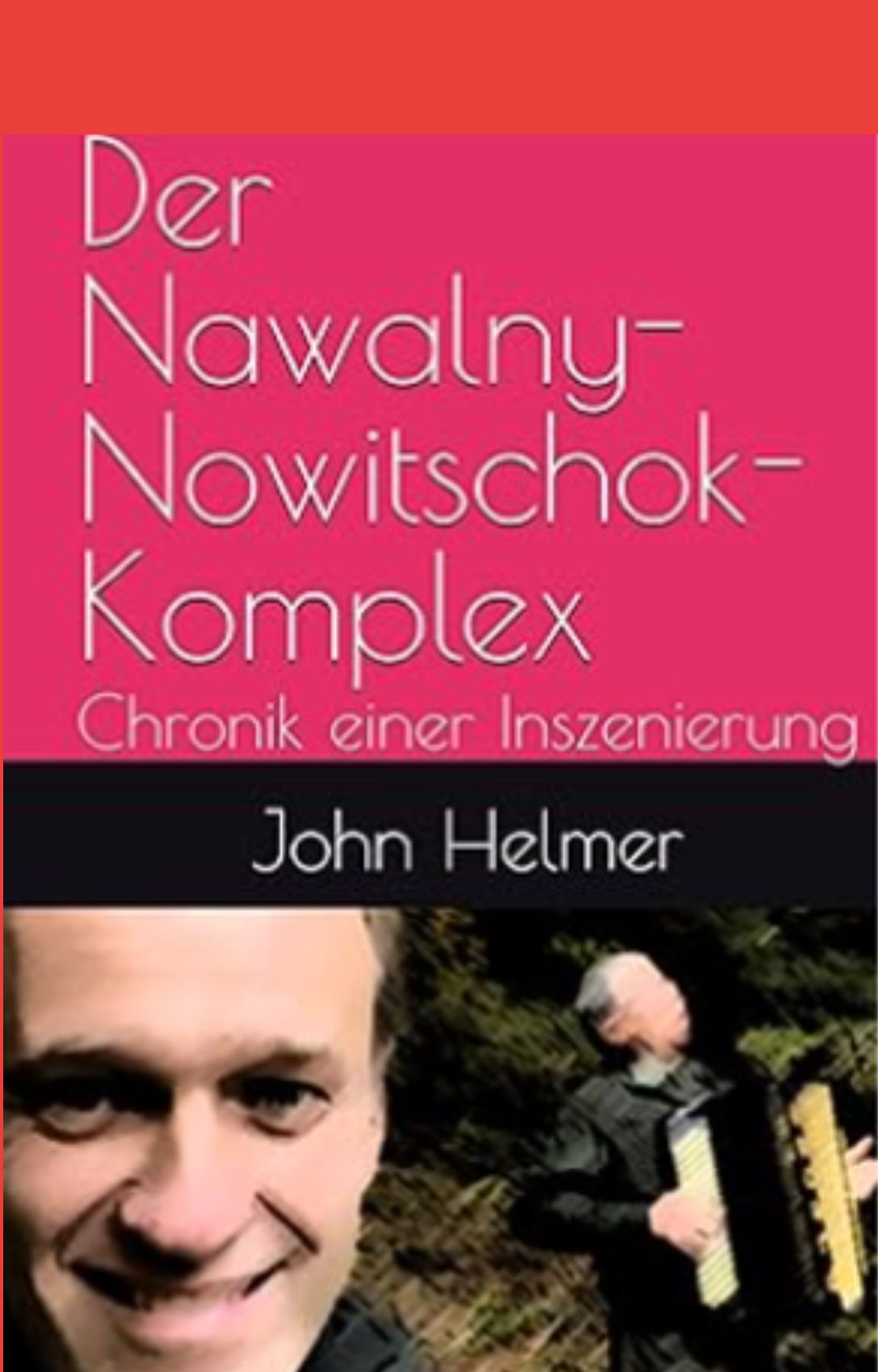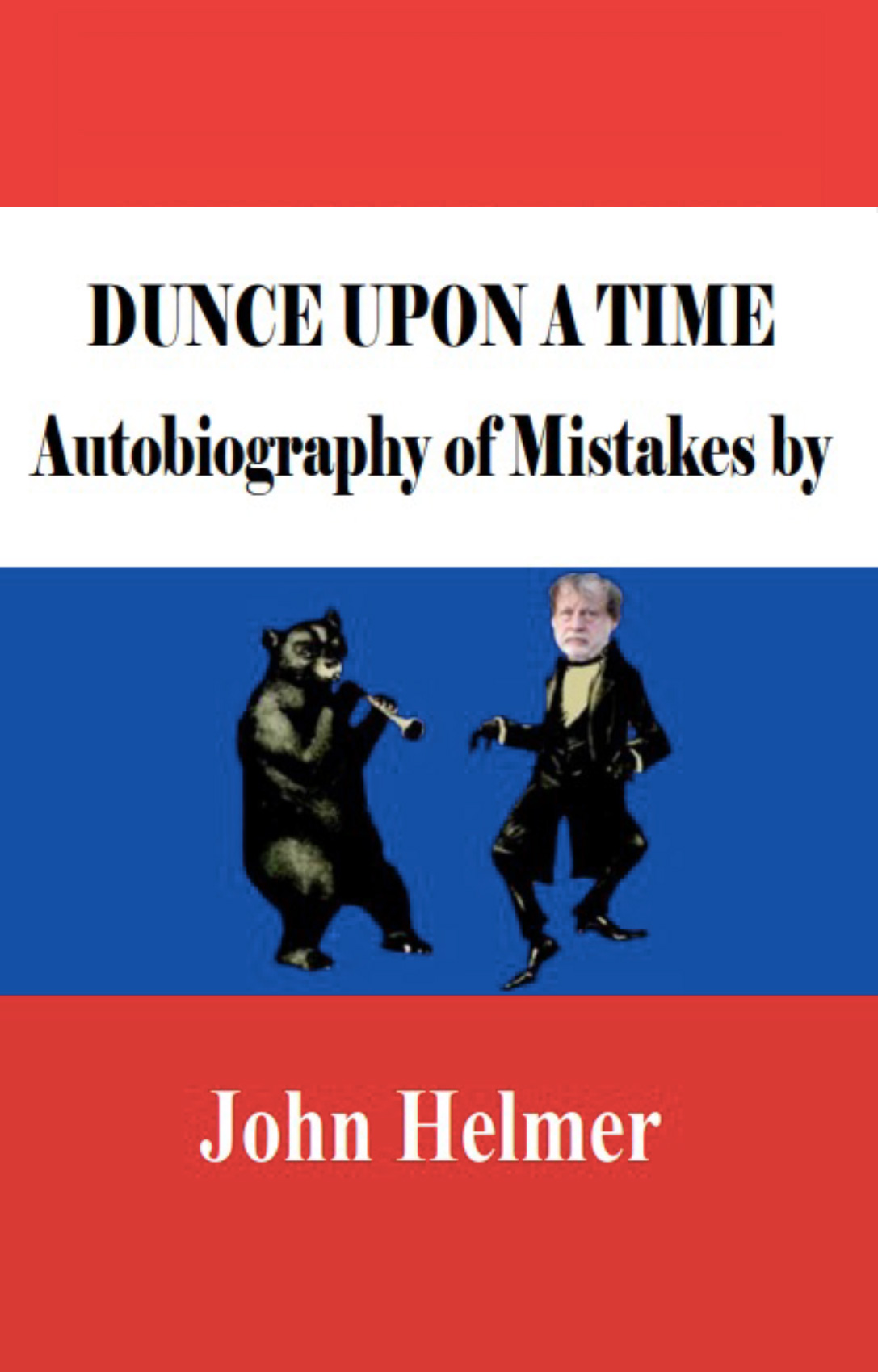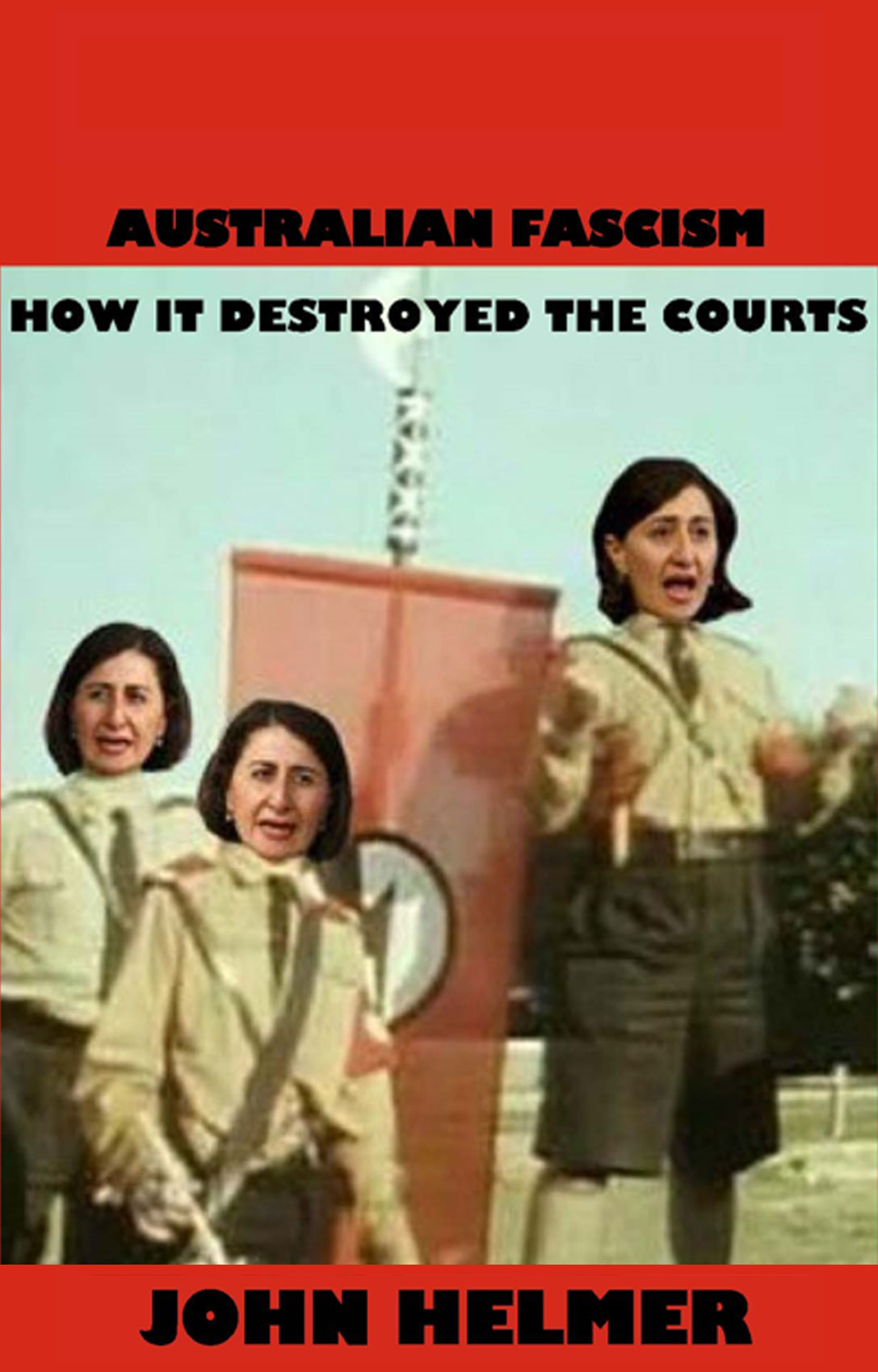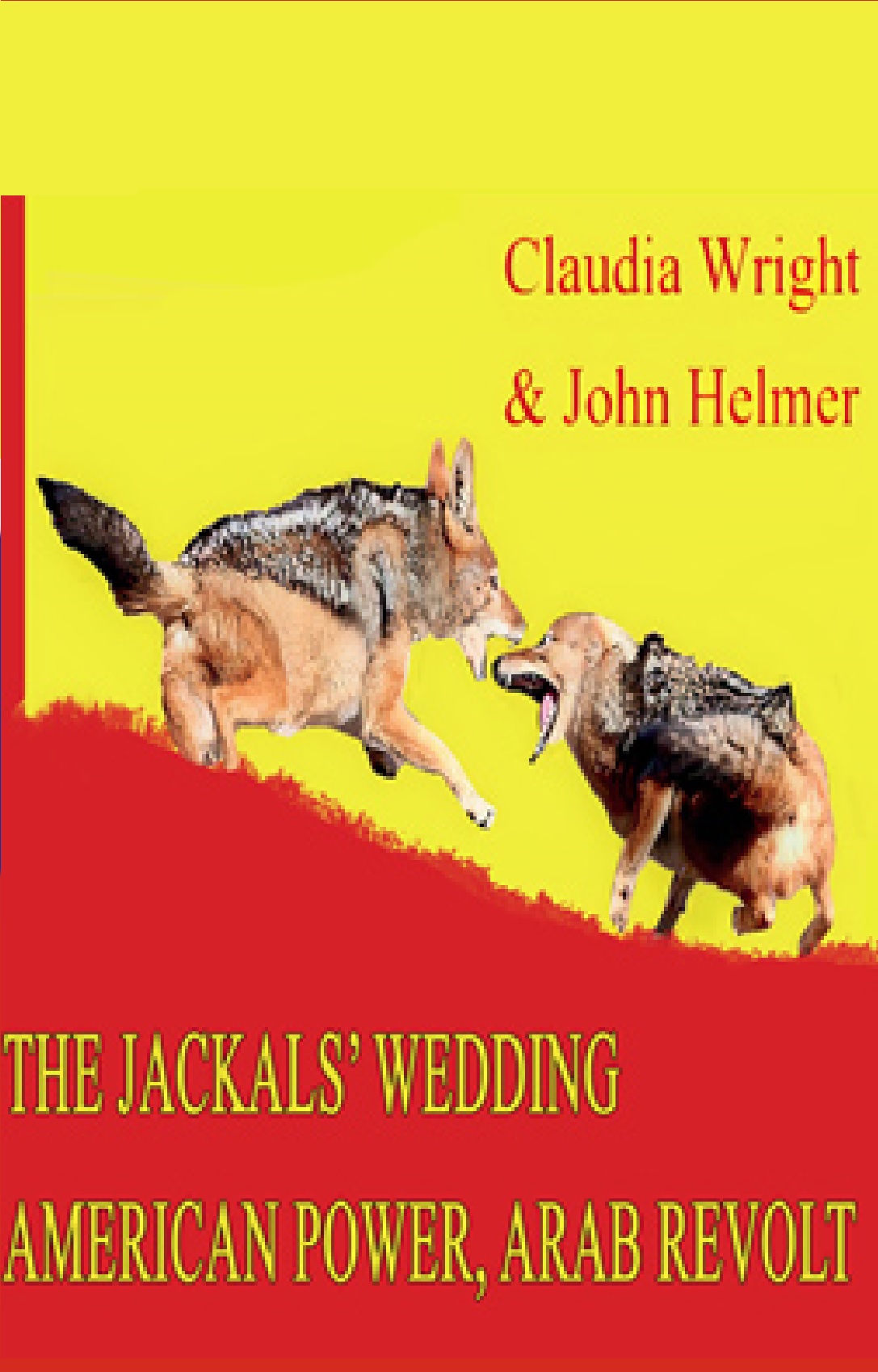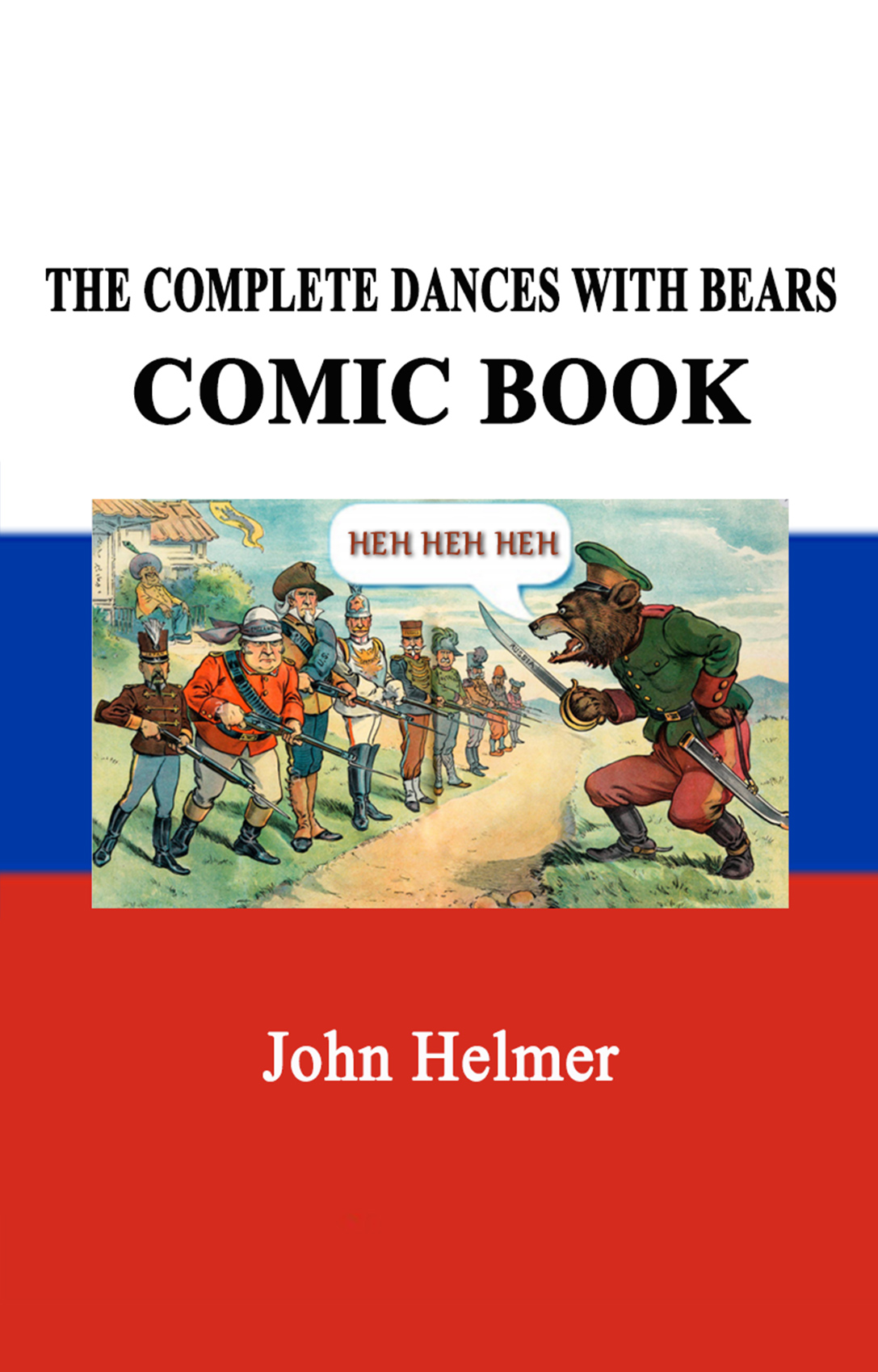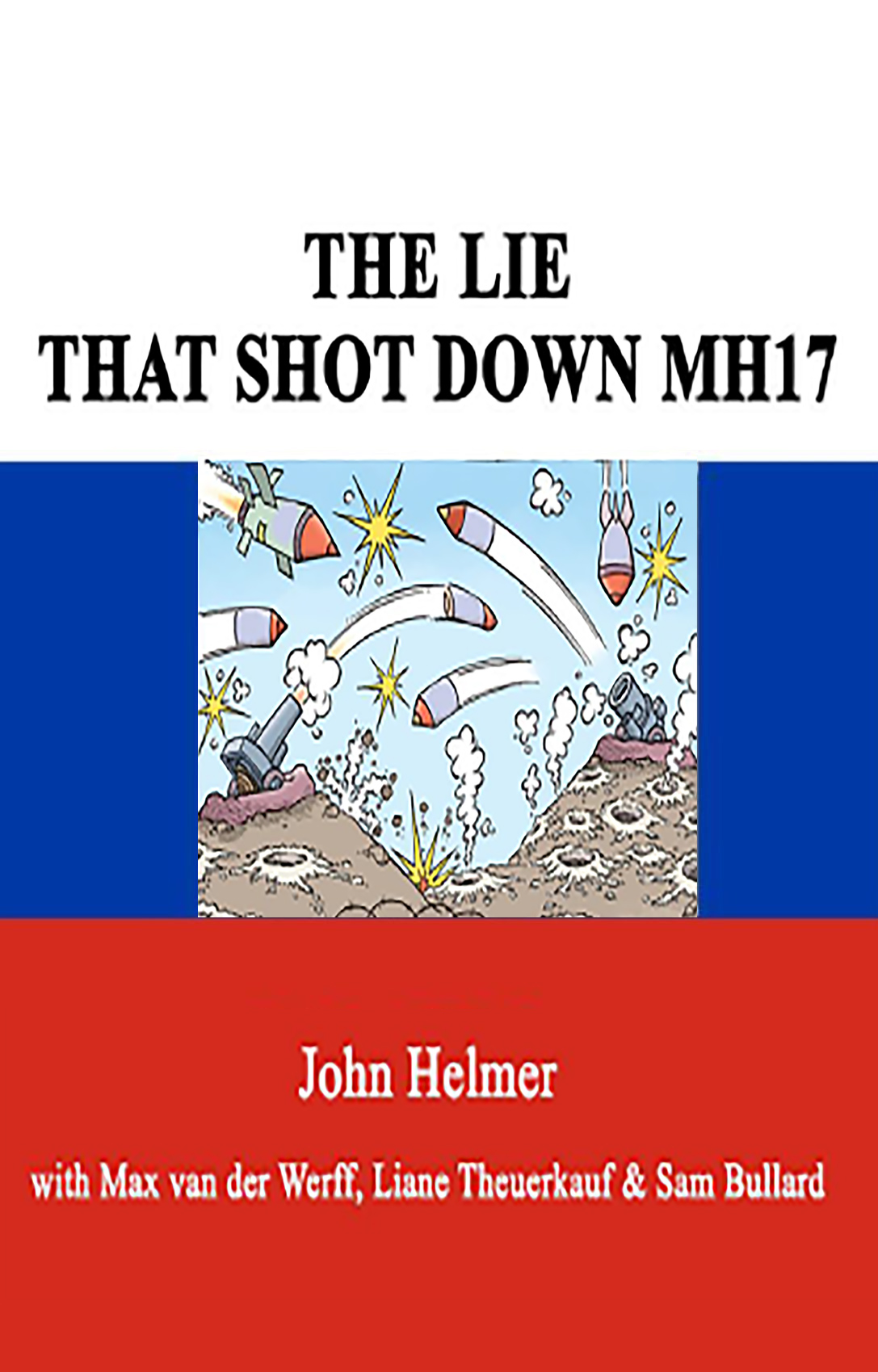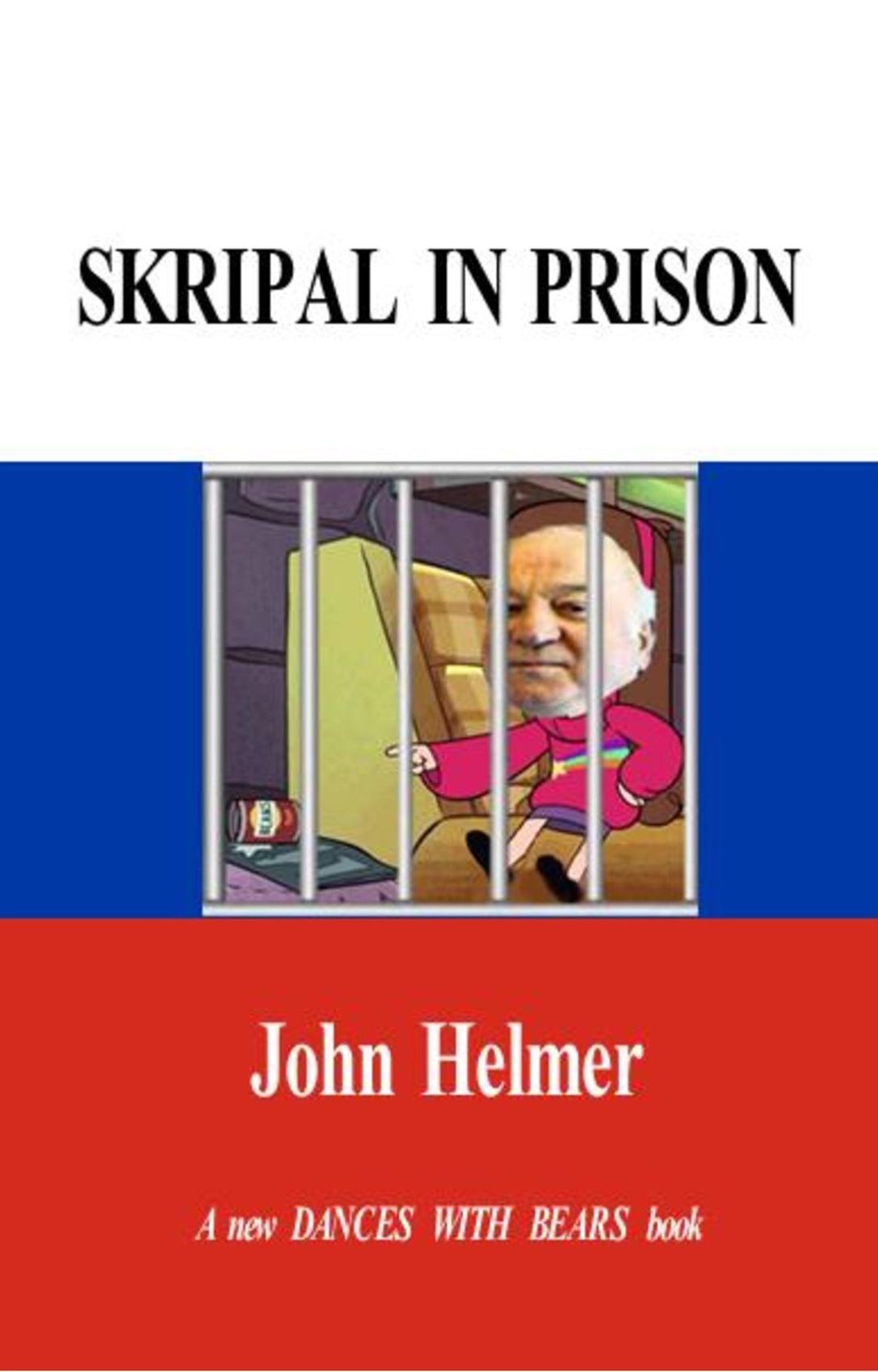
By John Helmer, Moscow
On July 17, 2014, at 1320 Universal Time Coordinated (UTC)* , Malaysian Airlines flight MH17 crashed in eastern Ukraine. The investigating authority, the Dutch Safety Board (DSB), reported within five days that the two black boxes, the cockpit voice recorder (CVR – lead image, left) and the flight data recorder (FDR), had been recovered. On September 9, eight weeks after the crash, the DSB issued what it called a preliminary report.
On March 24, 2015, at 1041 local time, Germanwings flight 4U9525 crashed in southeastern France. The first black box, the CVR (lead image, right), was recovered within the first 12 hours, and the contents reported to the media by investigators of the Bureau d’Enquêtes et d’Analyses pour la sécurité de l’aviation civile (BEA). The second black box, the FDR, was found on April 2. The BEA released a summary of what it contained one day later. According to French reporters, the time elapsing between the discovery of the CVR and public disclosure of its contents was less than 24 hours – “overnight we went from zero information to knowing everything”, Paris-Match has reported.
Comparing the two crash investigations, the Dutch and the French, the disclosures have been very much slower in release for the MH17 case – and almost totally unrevealing. Is this evidence about what really happened to the aircraft – or is it evidence about the forces to which the investigators have succumbed?
(more…)
by Editor - Monday, April 6th, 2015
No Comments »











